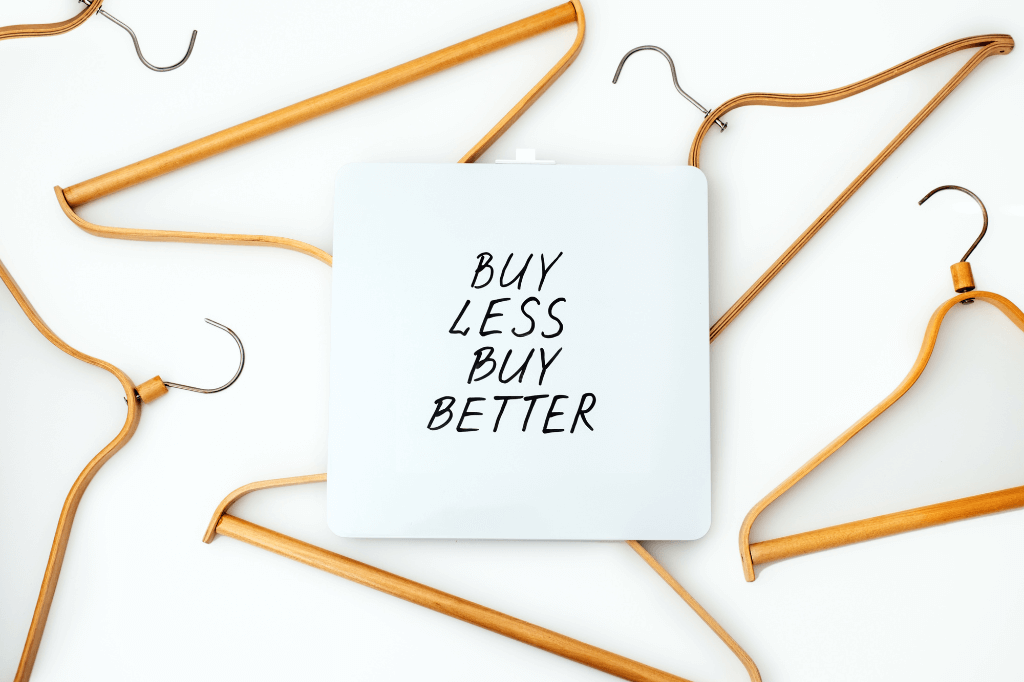The conversation about sustainable fashion has become controversial and charged, with some accusing it of being elitist. Advocates for sustainable fashion argue that consumers should buy less, invest in quality pieces, and care for their clothes to reduce waste and overconsumption. However, this advice has been criticized for being impractical and out-of-touch, and for shaming those who cannot afford more expensive, sustainable options.
Furthermore, the idea that luxury fashion is more sustainable than fast fashion is a myth, as luxury brands are often opaque about their supply chains and may engage in exploitation and pollution just like fast fashion brands. In fact, the biggest names in luxury fashion produce huge volumes of resource-intensive clothing and leather goods, contributing to the desire for constant newness and generating large carbon footprints.
The point is not what you buy, but how you shop. It is not necessary to always buy sustainable fashion, but it is important to consider the impact of our shopping habits on people and the planet. Defending fast fashion at the expense of workers in the Global South and the environment is not a consistent exercise in class solidarity.
Also Read: Amazon Fashion Launches ‘The Plus Shop’: A Destination for Trendy Plus-Size Fashion in India
The reality is that the wealthiest consumers are the ones who have the largest carbon footprints, as they can afford to buy and discard more clothing than those with less income. It is important to recognize that our personal shopping habits are part of a larger systemic problem and to strive for a balance between our own desires and the needs of the world.
Solutions to the problem of unsustainable fashion are not simple or easy, but may include better regulation of the industry, supporting ethical and sustainable brands, and consuming less overall. It is important to remember that sustainable fashion is not an elitist concept, but rather a way to create a more equitable and sustainable world for everyone.

















